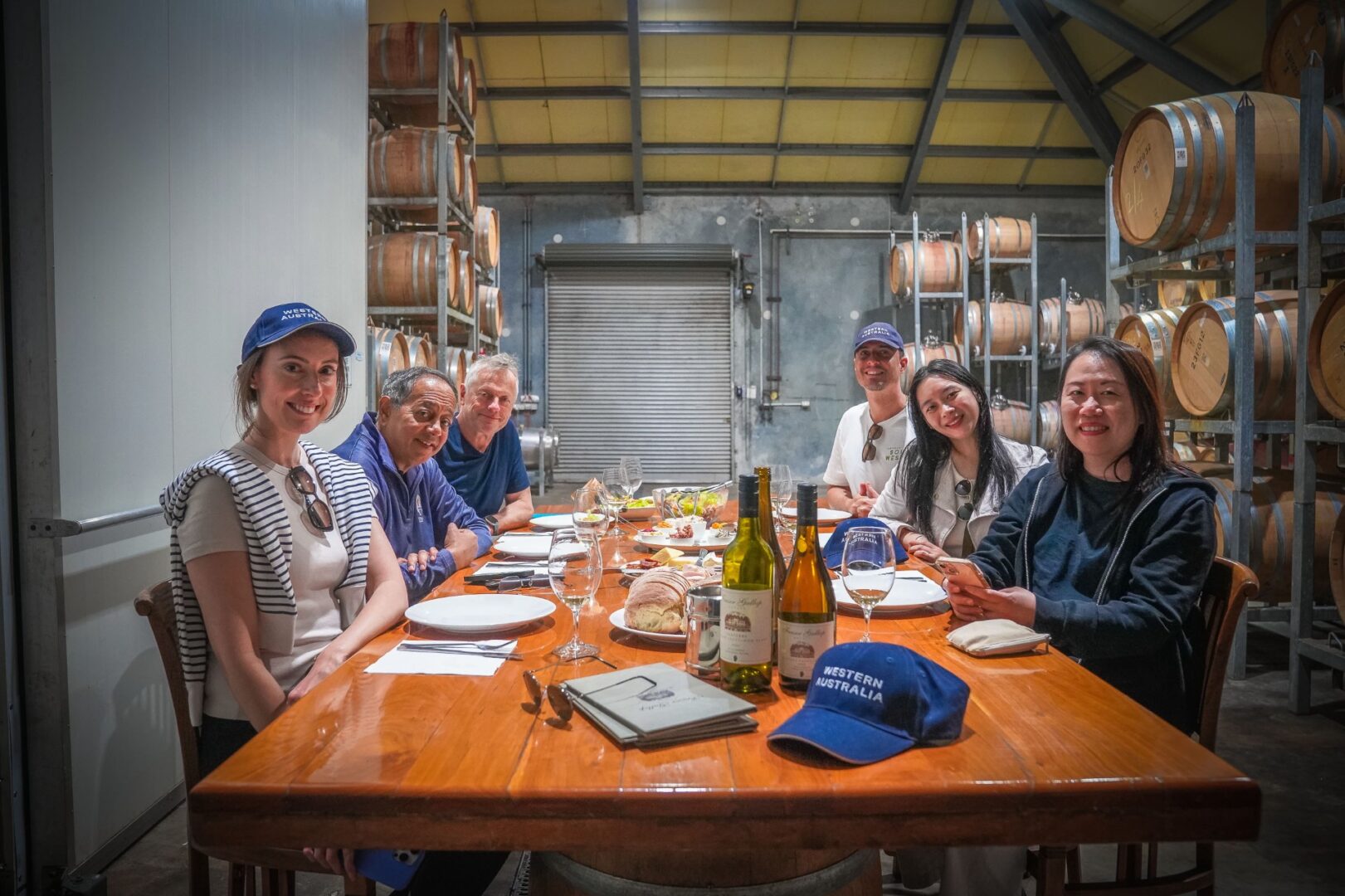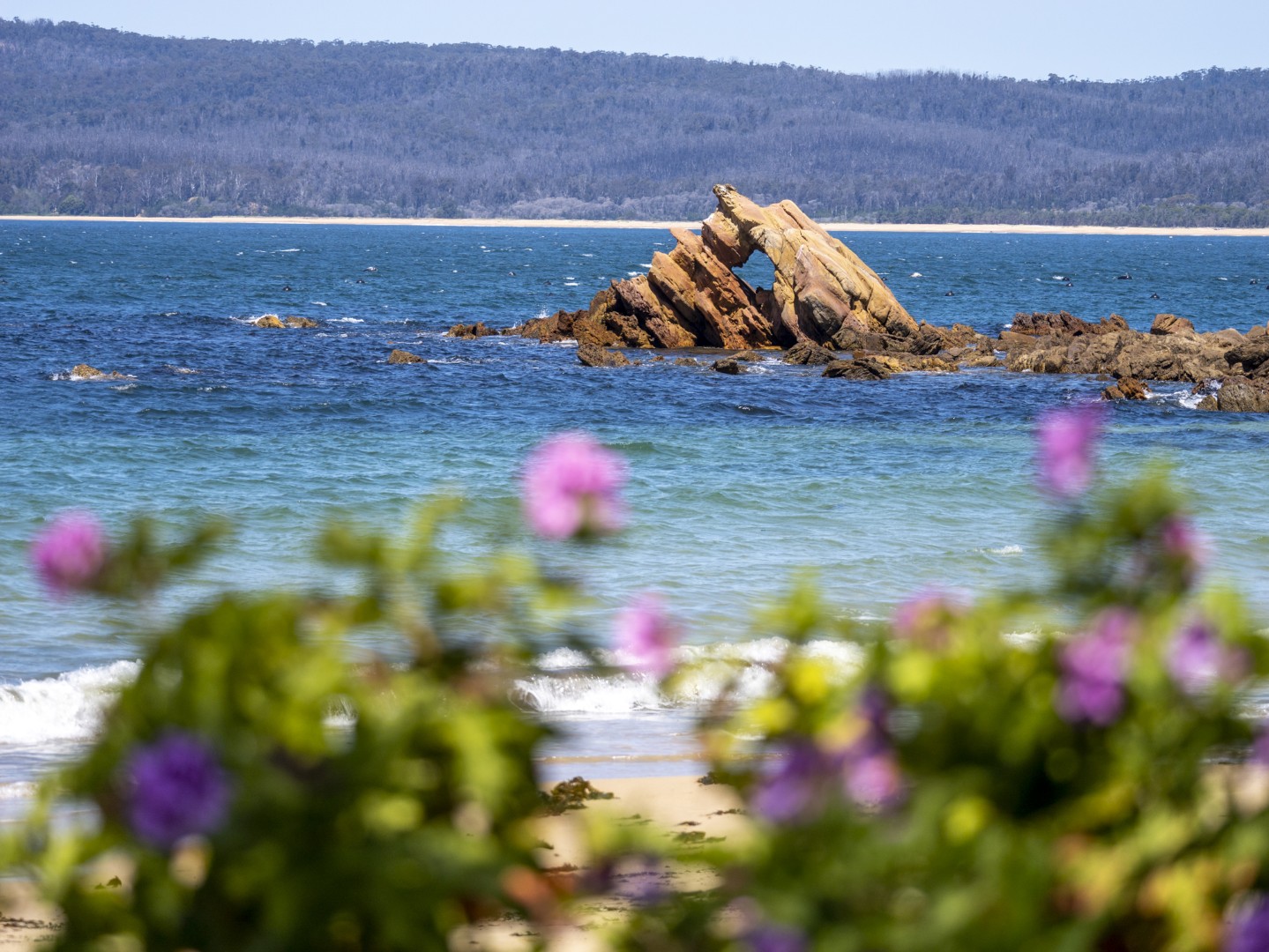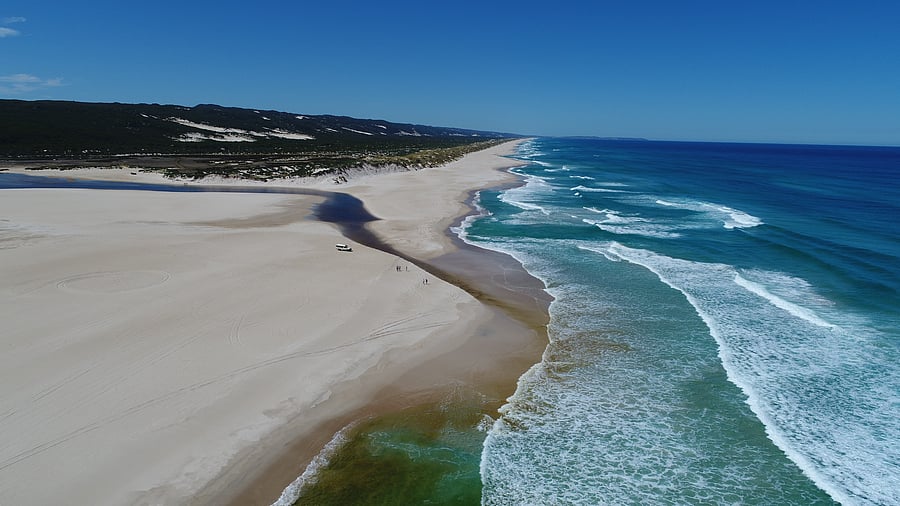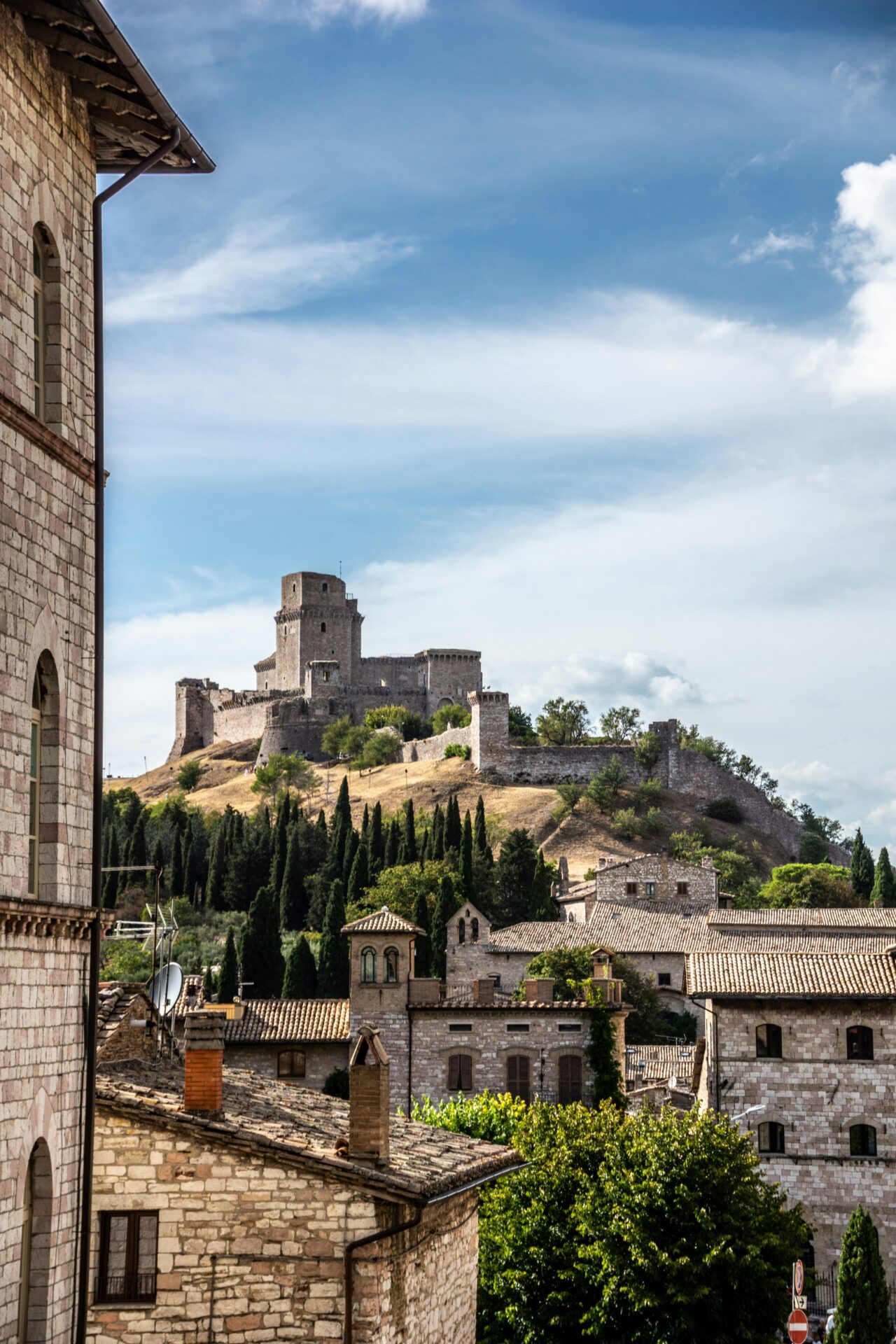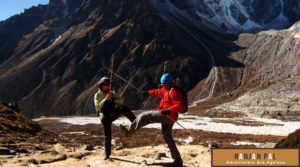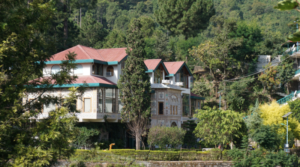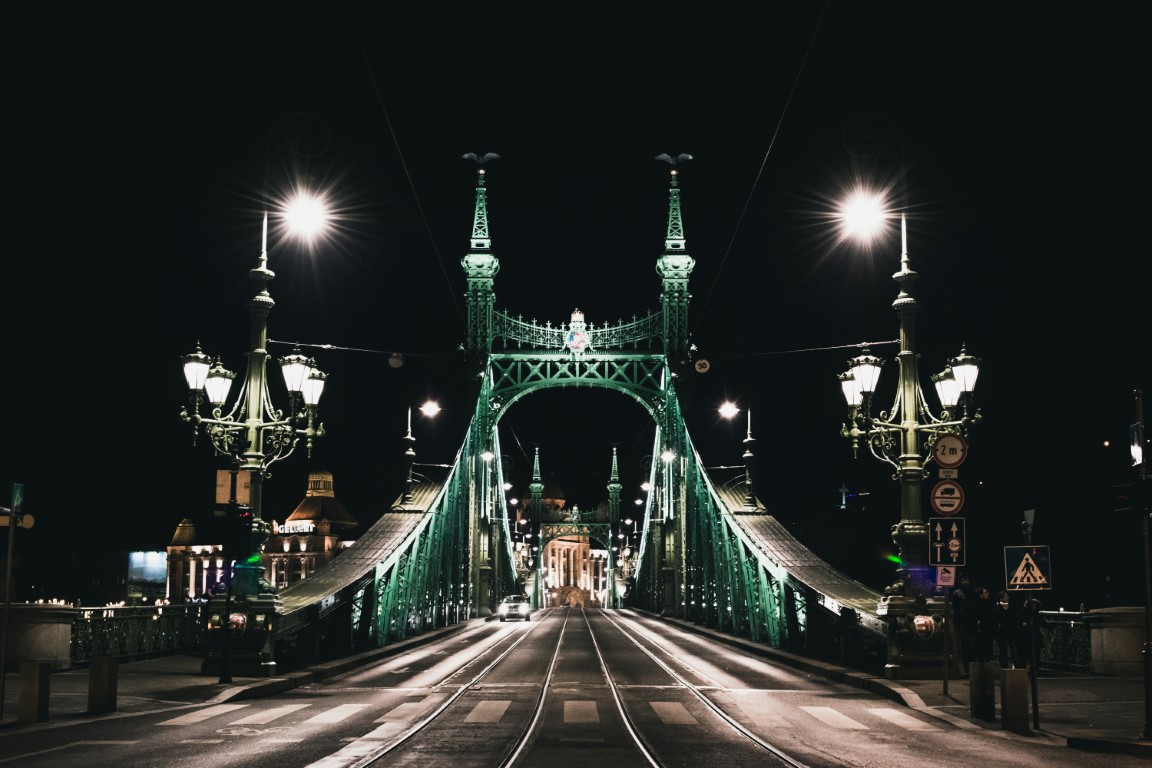
Hidden Gems Of Hungary: Guide To Budapest, Lake Balaton & Tokaj
This article appeared in Outlook Traveller on August ’24. You can see the original article here.
Hungary’s magic extends beyond its crown jewel, Budapest. Explore them through this complete guide to the Pearl of the Danube and the nearby Lake Balaton and Tokaj
Hungary is a pretty little country in the heart of Central Europe, and visitors to neighbouring Austria, Croatia, and the Czech Republic tend to overlook it. However, it is a lot better value for money, with the cost of living 35 per cent lower than that of Austria, Croatia, and the Czech Republic and with much to offer, from the cultural sights of its crown jewel, Budapest, to the wine country of Tokaj and the beautiful lake district of Lake Balaton.
Budapest
Known as the Pearl of the Danube and with nearly 20% of the country’s population, the Hungarian capital of Budapest is the logical place to start. Once, there were two cities, Buda and Pest, on either side of the Danube linked only by a single Chain Link Bridge, and it was not till 1873 that they were united as one city. Both their geographical and cultural characteristics set them apart, with Buda being the more sedate, residential side with a clutch of palaces and churches built on a series of hills, while Pest is flat as a pancake where all the tourist action is with happening bars, restaurants and cafes.

Since I was staying on the Pest side, I decided to take the free walking tour, which starts at 11 am from the plaza in front of St. Stephen’s Basilica and comes highly recommended. There, I found our guide, Pisti, a dead ringer for Conan O’Brien with the same sharp features and fast-talking style, waiting under his trademark green umbrella. Our group collects under the towering shadow of the Basilica, which is dedicated to the holy king St. Stephen, the founder of Hungary and has the most ornate interiors with beautiful altars and chapels made of jasper and marble and its walls covered by glorious frescoes.

Pisti quickly shepherds us to Liberty Square, which has several controversial monuments, including the German Occupation memorial and the Soviet War memorial, two successive regimes that oppressed the Hungarian people until their liberation in 1989. Pisti is a great storyteller with an ironic sense of humour, which really enlivens Hungary’s recent history. He takes care to point out things we would have missed, like the Stumbling Stones, tiny brass plaques embedded in the city’s pavements encapsulating the stories of each Jew before they were deported and exterminated during the Holocaust.
Finally, we arrive at the broad panorama of the Danube, which is dominated by the imposing bulk of the Hungarian Parliament building, the third largest of its kind in the world, and more like a splendid imperial palace than anything else. Why such a gigantic public structure for such a small country is the question in my mind, but it is certainly a popular attraction, with crowds queuing up for the 45-minute guided tour of its magnificent ornate interiors (expensive for Indian citizens at USD 30).

The tour ends on the Danube promenade, where the group almost stumbles across sixty pairs of rusted iron shoes set into the concrete. This is an incredibly poignant memorial to the Hungarian Jews who were shot into the Danube during the winter of 1944-45 by fascist Arrow Cross militiamen. The Jews were forced to remove their shoes, which had scarce value to their killers, before they were ruthlessly executed and swept away by the icy river. No words describe our feelings when confronted so abruptly and immediately by such unspeakable horror.
What To Do
- Take the funicular up to the top of Buda Hill and watch the sun go down on the dramatic Pest skyline from the Disneyesque Fisherman’s Bastion.
- Get totally local and spend all day soaking in an outdoor spa heated by thermal springs at Széchenyi Baths, the largest complex of its kind in Europe.
- Hop on to Tram No 2 which glides the length of the Pest embankment and gives you a panoramic view of the historic sights of Buda opposite.
- Take a river cruise on the Danube and hop off at Margaret Island to enjoy a picnic in this green oasis to the soothing music of the dancing fountain.
- Listen to the finest international and local bands at the Budapest Jazz Club, the premier destination for jazz aficionados and enjoy dinner at their chic bistro afterwards.
Where to Stay
- Budget: Leonardo, Full Moon
- Mid-Range: Museum Hotel, BO33 Hotel
- Luxury: Corinthia, Matild Palace
What to Eat
- Goulash, the most famous Hungarian dish, is a rich stew made of meat and vegetables and lots of paprika.
- Halászlé is a spicy, delicious fish soup made from carp caught in the Danube and flavoured with paprika.
- Lángos, the traditional Hungarian street food, a deep-fried dough served with garlic oil, sour cream and grated cheese on top.
Tokaj Wine Region

While Hungary may not be as well known as a wine producer as France or Italy, its tradition of viticulture goes back easily a thousand years to the time of the Hungarian Conquest of the Carpathian Basin. Today, the country has six major wine regions, the most famous of which is the Tokaj region tucked away in the upper NE corner, straddling the Bodraj river all the way to where it joins the Tisza.
It is home to the Tokaji Aszú, one of the world’s most unique sweet wines, and apparently dubbed “the wine of kings and the king of wines” by Louis XV! The key to this wine is the presence of the noble rot fungus, which thrives in the autumn morning mists alternating with afternoon sunshine. This virus punctures microscopic holes through the grape skins, and as the water evaporates, the berries shrink to raisins. These Aszú grapes are then macerated in must or base wine in order to extract flavours and sweetness.

What To Do
- Take a wine-tasting tour through the dozens of small cellars dug into the volcanic bedrock and understand the complexities of the different wine varietals in this region.
- Enjoy a fine dining experience at Gusteau, where the chef has reinterpreted traditional Hungarian flavours in a refined style and beautifully matched the wines.
- Visit the World Heritage Wine Museum in Tokaj and learn all about Tokaji wines and also an interactive audio-visual tour of the other eight World Heritage wine regions in Europe.
- Take a tour of the beautifully restored 16th C Rákóczi Castle at Sárospatak, which has a museum depicting the life of Hungarian noblemen during the 18th century.
- Take a ride on the oldest forest railway of Hungary between Pálháza and Rostalló, a 10 Km trip on a narrow-gauge track through pristine forest wilderness.
Where to Stay
- Budget: Rókabérc Vadászház Hotel, Chateau Vincze
- Mid-Range: Botrytis Borhotel, Mercure Tokaj Center
- Luxury: Andrássy Kúria & Spa, Gróf Degenfeld
Wineries to Visit
- Zoltán Demeter: Sample a stunning range of vineyard-selection dry wines and great aszú in an 18th-century house in Tokaj, where the winemaker plays classical music to his young wines.
- Patricius: Voted Hungary’s most beautiful winery in 2013, where you can taste excellent aszú and late-harvest wines and enjoy the stunning vineyards with their collection of historic grapes.
- Holdvölgy: Taste a line-up of luscious, single-vineyard aszú and walk through one of the longest and oldest cellar networks lined with the cushiony velvet of the famous wine cellar fungus.
Lake Balaton
This is the largest lake in Central Europe and a popular tourist destination, often called the Hungarian Sea by locals in this land-locked nation. Located an hour’s drive to the southwest of Budapest, this long, narrow water body extends for 77 km along its southern shore and is only 14 km across at its widest point.

Surprisingly shallow, with a maximum depth of just over 10 metres, the temperature stays above 20 C from June to September, making it ideal for water-based activities like swimming, windsurfing, kayaking, sailing and fishing. Even in winter, when the lake freezes over, people come for skating, skiing, ice-sailing and winter paddling and enjoying Christmas markets in the many towns and villages scattered around its shores.
Places to Visit
Balatonfüred: This is the oldest settlement in the Balaton area, and it is definitely the most elegant and stylish. Indian visitors will love the Tagore Promenade named for our poet laureate, who planted the first tree after recuperating from an ailing heart at the sanatorium here in 1926.
Tihany: Perched on top of the peninsula of the same name that juts 5km into Lake Balaton at its narrowest point, this is a charming rustic town – don’t forget to try the lavender ice-cream! The highlight is the Benedictine Abbey, which dates back to the mid-11th century (rebuilt in Baroque style in 1754). From there, you get the best views of the lake.

Badacsony: The volcanic hills to the north of Lake Balaton boast an extremely fertile mineral-rich soil that is perfect for wine cultivation. You can spend an idyllic day driving around this region, visiting several small wineries with their picturesque limestone cellars and vines laden with fruit.
Siofok: If you are a party animal looking for the best nightlife, beach vibes, and aquatic adventures, look no further than this Ibiza of Balaton. During the summer months, Siofok is bursting at the seams with Generation Z looking to party all night long in its many cocktail bars and dance clubs!
Keszthely: This elegant town, located at the western end of Lake Balaton, is a hub for culture. Its grand mansions and main square are anchored by a 14th-century Gothic church. The main attraction is the 18th-century Festetics Palace, a beautiful Baroque-style palace with elegantly manicured gardens, formerly the ancestral home of one of Hungary’s most noble and wealthy families.
Where to Stay
- Budget: Tokajer Wellness Panzió, Hotel Bacchus
- Mid-Range: Hotel Mayer Alsóörs, Villa Bella
- Luxury: Hotel Azur Premium, Mala Garden Design Hotel
What to Eat and Drink
- Chicken paprikash has a creamy paprika-flavoured sauce in which the meat is simmered for over an hour. It is traditionally served with egg dumplings called nokedli.
- Somlói galuska is a delicious dessert with whipped cream, chocolate cream, delicate sponge cake, walnuts and garnished with grapes.
- Keknyelu is the most notable grape variety of Badacsony and is used to make medium-bodied wines that have floral and stone fruit aromas great minerality, and an extremely high level of acidity.
![]()

